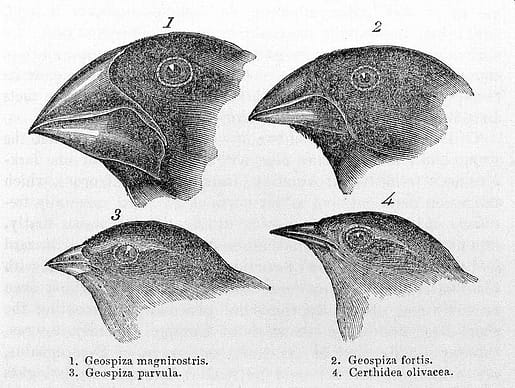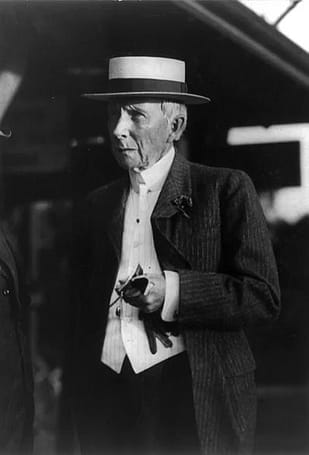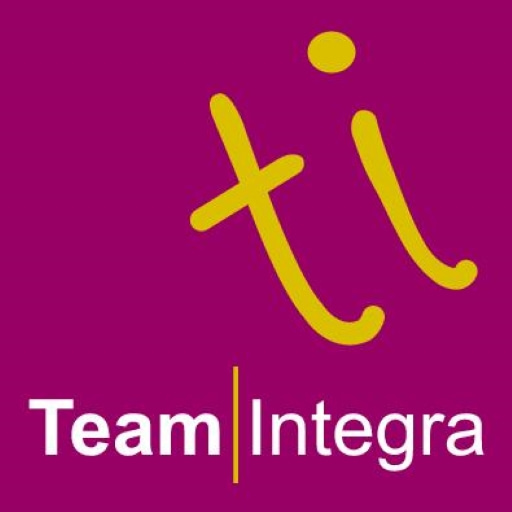Phase 1: Rapid Response and Initial Reset
Step 2: Survival, Kaizen and Speed 2

Plenty of Darwin and natural selection platitudes around at present but, in fact, it was in 1864 that Herbert Spencer, not Darwin, who introduced the famous phrase “survival of the fittest” in his book, Principles of Biology. Like Darwin Spencer was enthralled with the idea of evolution. However, he didn’t apply it to the natural world but to economics where he saw a parallel between his ideas and what Darwin had written about. By drawing this same comparison many since have incorrectly used the terms “natural selection” and “survival of the fittest” interchangeably. Spencer’s “survival of the fittest” phrase and it’s historical, mis-understood use has sometimes had a profound impact on society. So, If we are to use evolutionary theory as a metaphor to guide an organisation’s pandemic survival (as countless coaches, thought-leader’s and guru’s are) is it really about being the strongest and fastest or is it about adaption, collaboration and cumulatively building on many positive improvements like natural selection? Real kaizen systems, structures, thinking and application can and will support organisational survival. Because of accelerated change and government mandated rules a set of gaps and opportunites have definitely emerged so, how do organisations react?
“I always tried to turn every disaster into an opportunity.” John D. Rockefeller

It is clear that the enormous disruption brought by the pandemic provides unprecedented (sorry) opportunities for organisations to fill gaps and exploit new channels and customer needs. Sometimes in natural selection a need unexpectedly fits an adaption as evolution is dynamic. For example, many paleontology academics now believe that the majority of dinosaurs developed small tubular, wispy feathers for warmth and it is these feathers that evolved to be able to support flight which was definitely not their original intended function. Sometimes, maybe, organisations are just in the right place at the right time and are lucky? The Japanese motor industry certainly was during the 1973 oil crisis with their smaller more fuel efficient vehicles. Equally, over the last few months everyone has now downloaded “Zoom” and you would be hard-pressed to buy the webcam of your choice with so many people now working from home. Are the organisations that succeed in this situation just “lucky” or are they able to quickly pivot, adapt and exploit the opportunity? Is it survival of the luckiest, fittest, fastest, cleverest, most co-operative, adaptable or most fearless (thank you Boris)?
Community, Collaboration, Communication, Culture and Kaizen

In the past few months it seems that countless numbers of experts, coaches, guru’s and “thought-leaders” have suddenly emerged all begging and emploring organisations to take their advice on what to do to “survive”, bounce back, re-think or re-imagine. I am one, in fact, as this and my previous blog post show. So whose advice should an organisation take regarding survival? Turning to science we get a better sense of the proven realities of survival, evolution and natural selection. In his myth-busting short article in the New Scientist this is what Michael Le Page says about survival of the fittest “in reality the word “fittest” seldom means the strongest or the most aggressive. On the contrary, it can mean anything from the best camouflaged or the most fecund to the cleverest or the most cooperative. Forget Rambo, think Einstein or Gandhi”. He goes on to expand that thinking by explaining how complex cooperating communities with real structure have evolved and are successful survivors in the natural world “what we see in the wild is not every animal for itself. Cooperation is an incredibly successful survival strategy. Indeed it has been the basis of all the most dramatic steps in the history of life. Complex cells evolved from cooperating simple cells. Multicellular organisms are made up of cooperating complex cells. Superorganisms such as bee or ant colonies consist of cooperating individuals”.
Evolutionary Psychologists go even further by describing how they believe us humans have used the foundation of these communities to develop and build our unique human “culture”. Steve Stuart-Williams in his book “The Ape that Understood the Universe” says that “culture is our real gimmick as a species. It’s not our big brains, our opposable thumbs, or our facility for finding new and improved ways of killing each other. It’s our capacity for culture. Humans are as dependent on culture as we are on oxygen”. Importantly he goes on to say that “human culture is cumulative. It advances through the accretion of a thousand little improvements, and then a thousand more. As soon as we evolved the capacity for cumulative culture, culture began to evolve in its own right, independently of biology”. He says that this sets us apart as a species and gives us an “ability to stockpile knowledge and add to the common pool of knowledge over time”. I would say that there is a real parallel here as the structures, systems, support and collaboration from real kaizen allow the same for teams to grow knowledge, learn and improve for themselves. This then makes the organisation or community stronger and more resilient.
Real vs Fake Kaizen – “Show Respect”

The kaizen of Ohno’s and Nemoto’s method is not one of events or blitz’s run by specialists and consultants. It is also not one of unconnected “coaching” in front of a board wearing the correct coach and coachee tabbard or t-shirt. It is at the centre of TPS and cannot be separated. JIT and Jidoka give kaizen real purpose and pressure and it has a framework, a support structure and modularity about it that you could say compares to the bee colony and honeycomb. It is relient on the development and autonomy of many natural work teams that generate their collective, cumulative knowledge through learning and risk-free experimentation. Leaders and managers through the organisation design and support systems nuture that behaviour. Each of those natural work teams is able to rapidly adapt and problem solve when the customer demand and environment changes. Being so intimately connected to the “work-as-done” means those changes and adaptions make sense and are sustainably adopted. This makes the system fluid and agile.
The “show respect” that Mr Cho refers to in his famous “Go see, ask why, show respect” quote is the fact that by doing this leaders recognise that staff know the work and by giving them the support and tools to do it and improve it they can justifiably challenge and have high expectations of their natural work teams to show responsibility. Showing respect is achieving what Nakane and Hall describe “TPS is also intended to develop direct action people to function autonomously, both running processes and improving them. That’s the real revolution”. They also note that “kaizen, the core technique of TPS begins with behaviour. Make maximum use of everyone’s brainpower to devise simple, ingenious solutions to problems. TPS culture is this approach to grass roots kaizen. All other (TPS) techniques promote kaizen by maximising the number of opportunities to practice it”.
As with evolution I would say that organisations which embrace real kaizen and genuinely “show respect” develop a super colony with a honeycomb-like structure and by doing so will work together to flex, adapt, behave resiliantly and ultimately survive and grow along with their cumulative knowledge.
Nakane and Hall 2002 ‘Ohno’s method: Creating a survival work culture’ Target magazine vol 18, no 1 http://www.ame.org/sites/default/files/target_articles/02-18-1-Ohnos_Method.pdf
